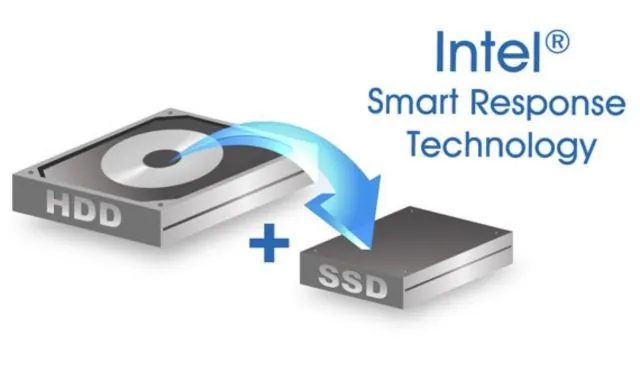Physical Address
304 North Cardinal St.
Dorchester Center, MA 02124

In today’s fast-paced digital world, where speed and efficiency are paramount, Intel Smart Response Technology (ISRT) emerges as a valuable solution for optimizing system performance. If you’re looking to enhance your computer’s speed without breaking the bank, ISRT might be the answer you’ve been searching for.
Intel Smart Response Technology, often abbreviated as ISRT, is a feature integrated into Intel chipsets that allows for the intelligent utilization of solid-state drives (SSDs) alongside traditional hard disk drives (HDDs). By combining the speed of an SSD with the storage capacity of an HDD, ISRT aims to deliver a balance of performance and affordability.
ISRT operates by creating a storage hierarchy, where frequently accessed data is stored on the faster SSD, while less frequently accessed data resides on the HDD. This dynamic caching mechanism ensures that frequently used applications and files benefit from the SSD’s high-speed read and write capabilities, resulting in improved system responsiveness.
One of the primary advantages of ISRT is its ability to significantly boost system performance. By caching frequently accessed data on an SSD, ISRT accelerates application loading times, reduces boot times, and enhances overall system responsiveness, providing users with a smoother computing experience.
ISRT offers a cost-effective storage solution by leveraging the affordability of HDDs while harnessing the performance benefits of SSDs. Instead of investing in a large-capacity SSD, users can pair a smaller SSD with a larger HDD to achieve optimal performance without incurring exorbitant costs.
With ISRT, managing storage becomes a seamless process. Users no longer need to manually move files between SSDs and HDDs or worry about allocating storage space for specific applications. ISRT intelligently handles data placement, ensuring that frequently accessed files are stored on the SSD for quick access, while less critical data resides on the HDD.
Before setting up ISRT, ensure that your system meets the necessary hardware requirements. You’ll need an Intel chipset that supports ISRT, as well as compatible SSD and HDD drives.
In addition to hardware compatibility, make sure your system’s BIOS and drivers are up to date. ISRT requires specific software support to function correctly, so it’s essential to check for any available updates before proceeding with the setup.
Before configuring ISRT, verify that your SSD and HDD are compatible with the technology. Consult your motherboard’s documentation or visit the manufacturer’s website for compatibility information.
Once compatibility is confirmed, access your system’s BIOS settings and enable ISRT. Follow the on-screen prompts to configure ISRT and designate the SSD as the cache drive for accelerated performance.
When selecting SSD and HDD drives for ISRT, choose a combination that suits your storage needs and budget. Opt for an SSD with sufficient capacity to accommodate frequently accessed data and pair it with a high-capacity HDD for ample storage space.
To ensure optimal performance and compatibility, keep your SSD and HDD drivers and firmware up to date. Check for updates regularly and install any available patches or enhancements provided by the manufacturers.
For optimal performance, enable Advanced Host Controller Interface (AHCI) mode in your system’s BIOS settings. AHCI allows for improved communication between the operating system and storage devices, enhancing overall system responsiveness.
Maintain the health and performance of your SSD and HDD by regularly cleaning and defragmenting both drives. Removing unnecessary files and defragmenting fragmented data can help optimize storage efficiency and extend the lifespan of your drives.
If your SSD is not detected by ISRT, ensure that it is properly connected to the motherboard and that the SATA ports are configured correctly in BIOS. You may also need to update your motherboard’s firmware to resolve compatibility issues.
If you experience slow performance after setting up ISRT, check for any firmware updates for your SSD and HDD. Additionally, verify that your system’s drivers are up to date and that AHCI mode is enabled in BIOS.
In cases of compatibility issues, such as system crashes or instability, double-check the compatibility of your SSD and HDD with ISRT. Consider consulting with the manufacturers or seeking assistance from technical support forums for further troubleshooting steps.
Intel Smart Response Technology offers a practical solution for enhancing system performance without breaking the bank. By intelligently combining SSDs and HDDs, ISRT delivers accelerated performance, cost-effective storage, and simplified data management. With proper configuration and maintenance, users can unlock the full potential of ISRT and enjoy a seamless computing experience.